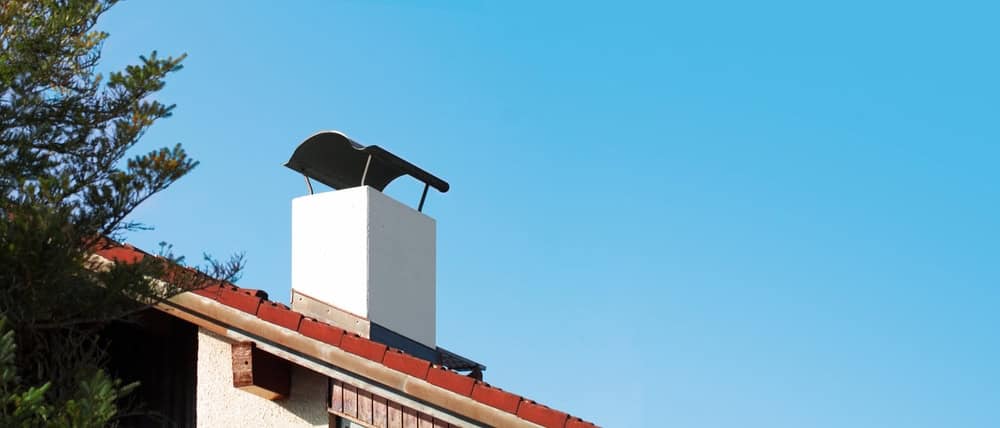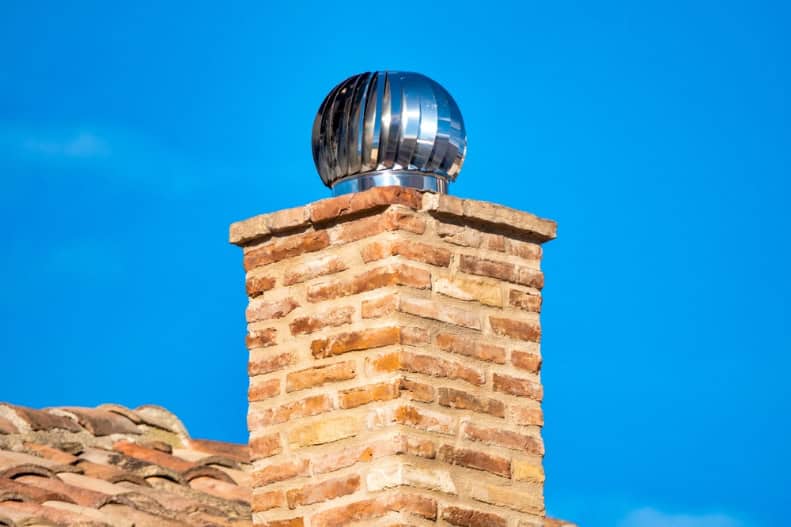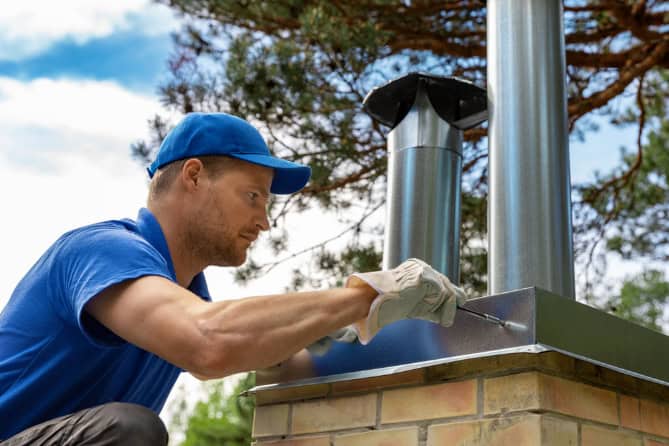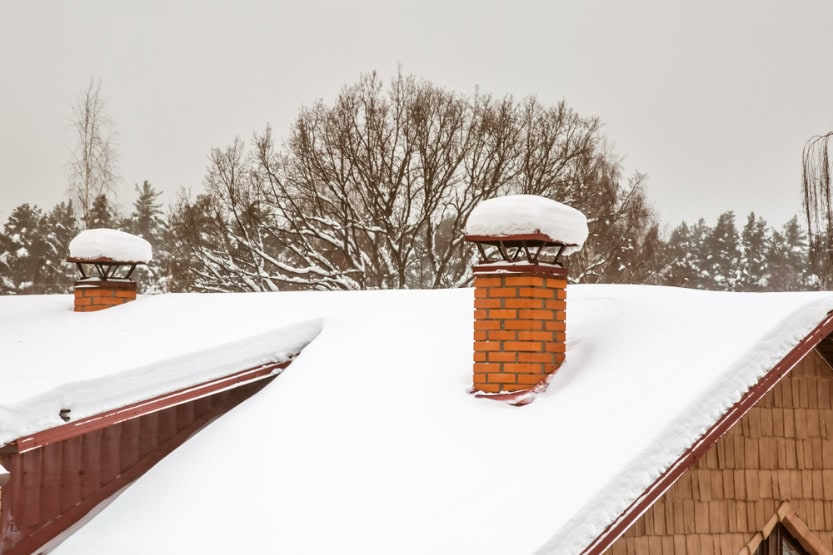Professional chimney cap installation that actually protects your home from Weekapaug’s coastal weather and wildlife intrusions.

Hear from Our Customers

Your chimney stops being a liability. No more water pooling in your firebox after storms. No more squirrels or birds making themselves at home in your flue.
The right chimney cap means your masonry stays intact through Weekapaug’s harsh coastal winters. Your damper doesn’t rust out from constant moisture exposure. Your chimney crown doesn’t crack from freeze-thaw cycles.
You get a system that works quietly in the background, doing exactly what it’s supposed to do. Protection that lasts years, not seasons. And peace of mind that one less thing on your property needs constant attention.
Certified Chimney Inspections has been handling Rhode Island’s toughest chimney challenges since 2000. The same core team, the same commitment to getting it right the first time.
Our CSI-certified technicians understand what salt air does to chimney systems. We’ve seen every type of failure, every corner-cutting mistake, every “good enough” installation that wasn’t.
This isn’t a side business or seasonal operation. It’s a full-time focus on chimney and fireplace systems, backed by our retail store and the experience that comes from doing this work every day for over twenty years.

First, we assess your current chimney condition and measure for the right fit. Every chimney is different, and cookie-cutter solutions don’t work in coastal environments.
Next, we fabricate or source the appropriate cap material. Stainless steel for salt air resistance, custom sizing for unusual flue configurations, proper screening to keep animals out while allowing adequate ventilation.
Installation happens when weather permits optimal conditions. The old cap comes off, any crown damage gets addressed, and the new cap goes on with proper sealing and secure mounting. No shortcuts, no “we’ll come back and finish that later.”
You get a system that’s ready for the next nor’easter, properly vented for safe operation, and built to handle whatever Weekapaug weather throws at it.

Ready to get started?
Complete chimney cap replacement includes removal of the old cap, inspection of the chimney crown and flue condition, and installation of the new cap with appropriate sealing materials.
Stainless steel construction handles Weekapaug’s salt air without the rust problems you get with cheaper materials. Custom fabrication accommodates unusual chimney configurations that standard caps can’t handle properly.
Proper screening keeps animals out while maintaining adequate draft for safe fireplace operation. Secure mounting systems that won’t blow off during coastal storms. And installation that addresses any underlying issues before they become expensive problems.
Free estimates help you understand exactly what your chimney needs without surprises. In-house financing available for larger projects that include additional chimney repairs or upgrades.
